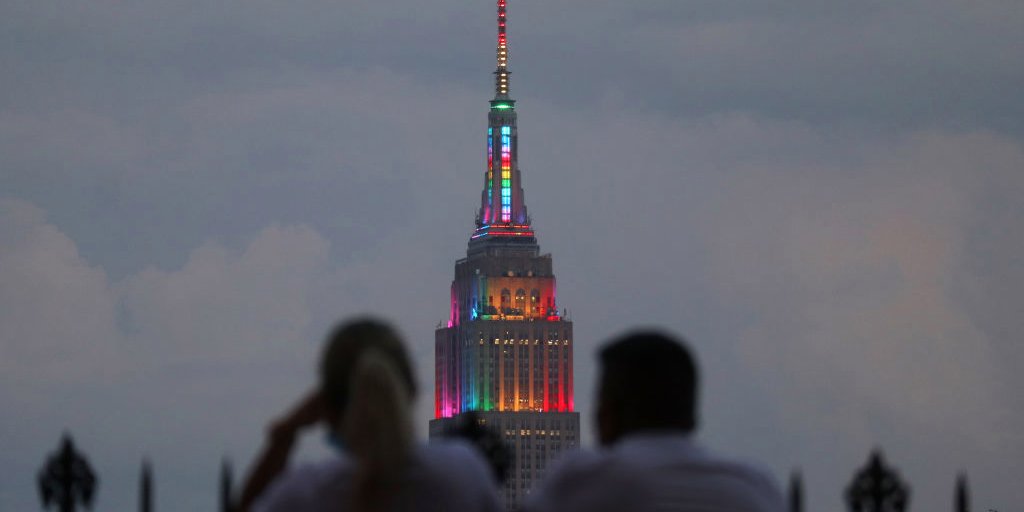They have been gutted and reassembled using much of their original materials as part of an extensive and unprecedented retrofit—launched a decade ago, but ongoing to this day—that saw this Big Apple landmark reworked top to bottom in an effort to save energy and reduce costs.
But retrofitting old buildings to make them more energy efficient represents a formidable challenge, both from an engineering perspective and in terms of convincing owners that doing so is in their financial interest.
All told, the upgrades have cut the building’s energy usage by about 40%, saved its owners more than $4 million every year and played a part in attracting high-value tenants that have fattened the building’s bottom line.
“There’s no silver bullet,” says Anthony Malkin, CEO of the Empire State Realty Trust, which owns the Empire State Building.
“This needs to continue, and we actually need to even go further and deeper than what the Empire State Building did a decade ago.” Through a program called the Empire Building Challenge, NYSERDA is providing $50 million in funding to a group of high-rise building owners to test innovative new green retrofit solutions.
Water in New York Harbor is a full 12 inches higher than it was a century ago, and some of the city’s infrastructure is still recovering from damage it sustained during Hurricane Sandy in 2012.
But even faced with tightening carbon caps, risk-averse, financially-minded building owners may decide they’re simply better off paying fines in the short term rather than upgrading their buildings to use less energy.
The “heart and soul” of the program, Joseph says, is creating blueprints from the private sector partners’ initial projects, which will then be shared with other building owners across the state, so they know which ideas are worth pursuing.
Green building retrofits take time and money, and Lewis says there is perhaps a five-to-ten year window to get moving on initiatives across New York if the City is to meet its climate goals.
That’s important for advocates of green design, as the Empire State Building’s cultural status means that it carries leadership weight even in the profitability-oriented world of real estate.
Still the challenge of decarbonizing the country’s largest city and fourth-most populous state remains daunting.
